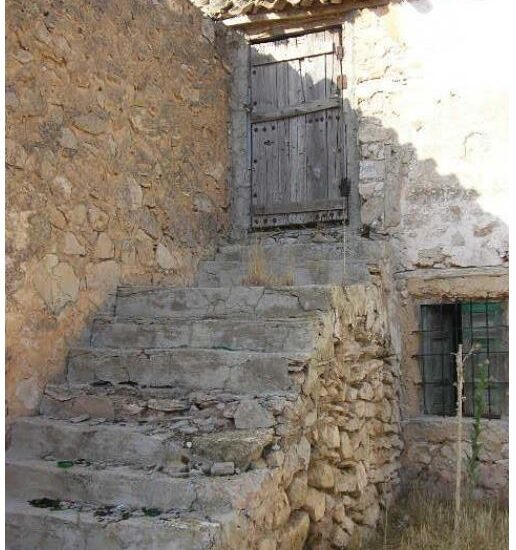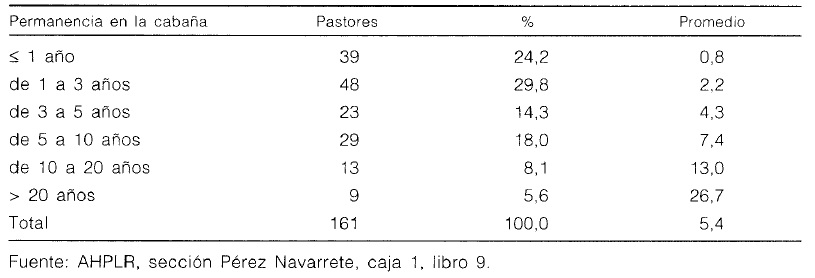The Report on the Agrarian Law at the end of the 18th century denounced the imbalances in the privileges regarding transhumance, such as the prohibition for farmers to break or mark pastures with the right of possession, directly harming both livestock breeders and farmers, both advocates of a new agrarian policy that would truly address the new needs they had and take into account the characteristics of the available land.
After the Royal Decree of April 1793 was enacted, the owners of the dehesas began a sharp rise in the prices of their leases every time they were renewed, calling into question the traditional uses of the land in the search for a more social than private purpose, causing the transhumance crisis in Castile.
Collection: Statistics
Project: 2. Social and economic impact of technological revolutions in Europe., 3. Rural world and urban world in the formation of the European identity.
Chronology: XVIII, XIX
Scope: Secondary Education, Baccalaureate, University, Postgraduate
Link: https://revistas.usal.es/index.php/Studia_Historica/article/view/4595
Resource type: Statistics
Format: Table
Source: Melón, M. A. (1990). "Algunas consideraciones en torno a la crisis de la trashumancia en Castilla", en Studia historica. Historia moderna, nº 8, p. 66.
Language: Spanish
Date: 1990
Owner: Roberto José Alcalde López (Modernalia)
Copyright: ©Studia historica. Historia moderna ©Miguel Ángel Melón Jiménez
Abstract: Table showing the average price of greenhouse leases in grazing pastures in Castile (1750-1829)
Tags







